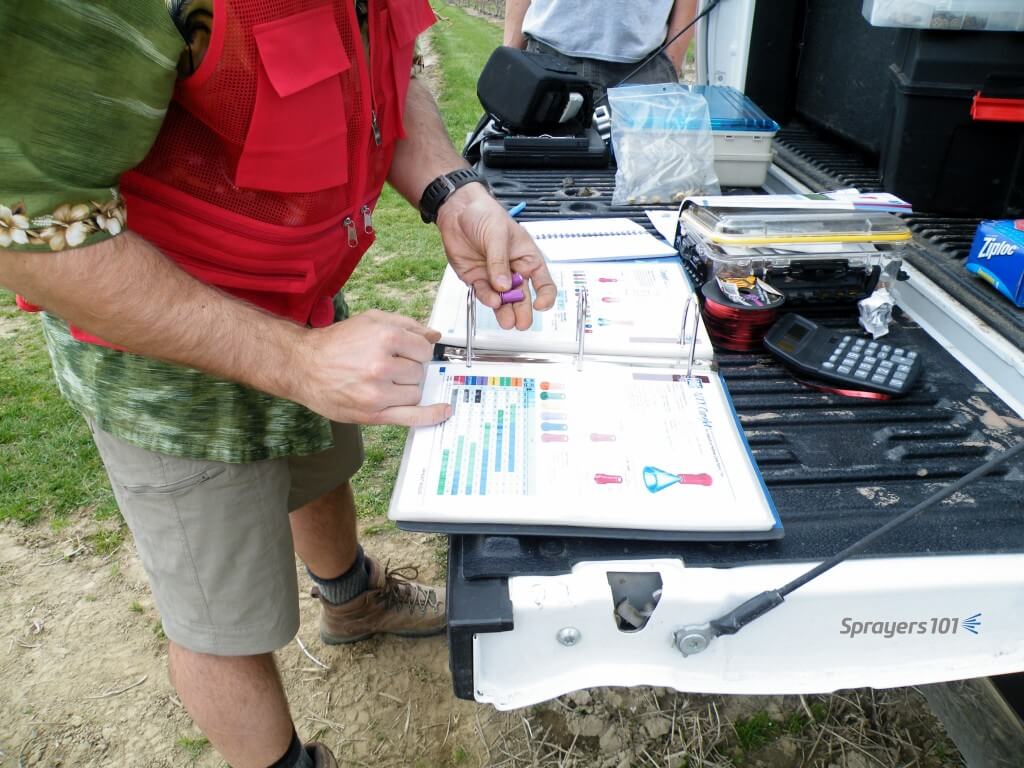
After a long hiatus, it’s lucky episode 13! In this installment, Dr. Tom Wolf, intrepid reporter, braves the unforgiving wilds of Saskatoon as he investigates claims of mysterious devices popping up all over the city. Colloquially referred to as “nozzles” these items are imprinted with obscure codes that scientists are struggling to decipher. Be the […]
Read More… from Exploding Sprayer Myths (Ep.13): Reading Nozzles and Nozzle Tables
